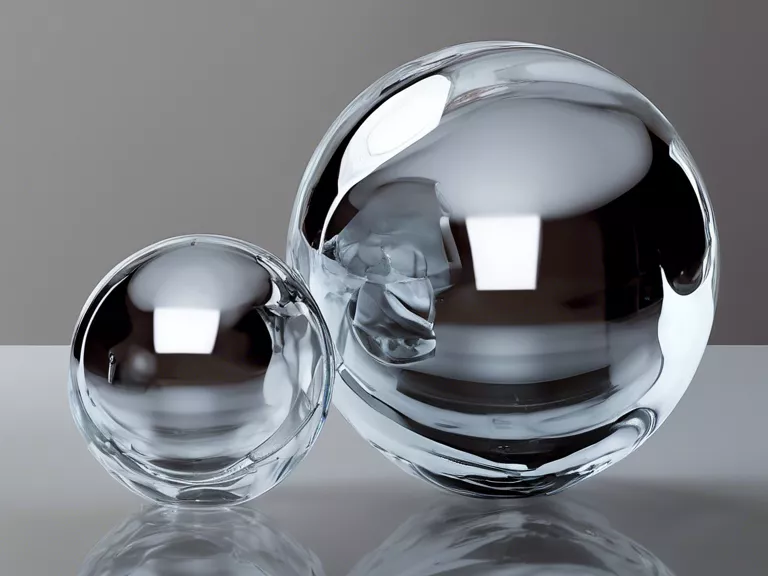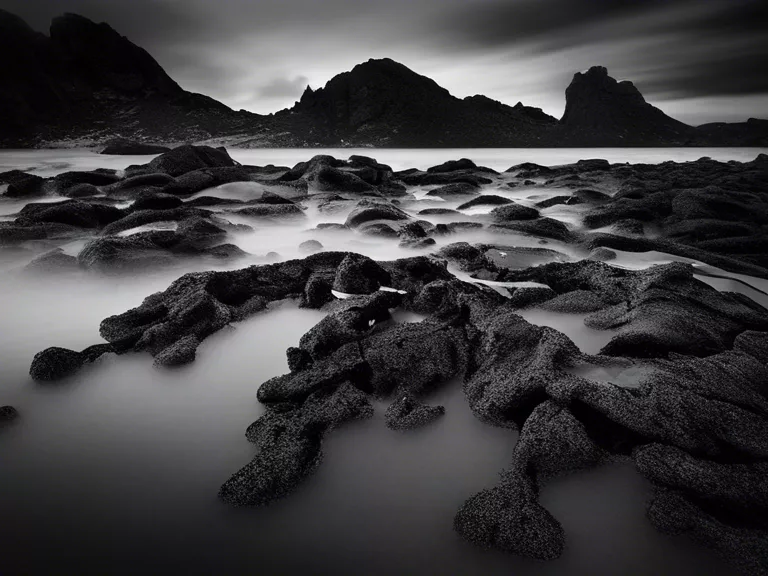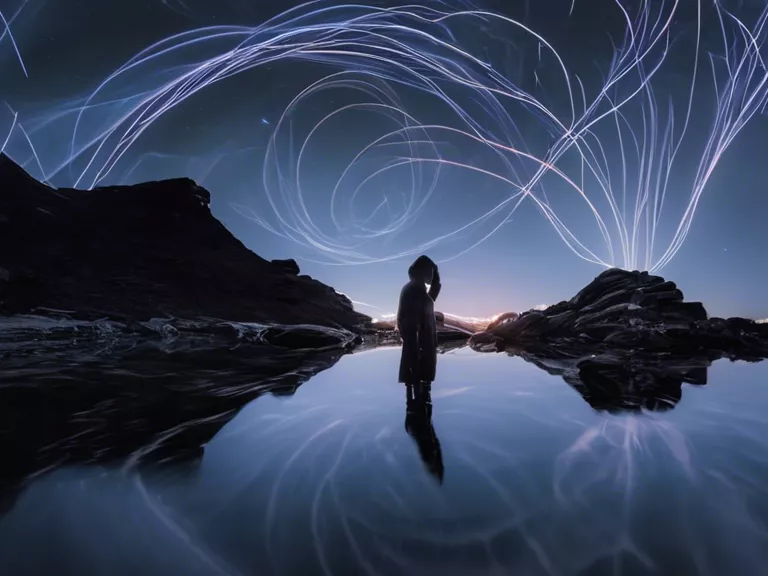
Photographing reflective surfaces and glass objects can be challenging, but with the right techniques, you can capture stunning images. Whether you're shooting jewelry, glassware, or architectural elements, here are some tips to help you get the best results.
Use a polarizing filter: A polarizing filter can help reduce glare and reflections on shiny surfaces. This filter allows you to adjust the amount of polarization, making it easier to capture clear images without distracting reflections.
Control your lighting: When photographing reflective surfaces, it's crucial to control your lighting setup. Avoid direct light sources that can create harsh reflections. Instead, use diffused or bounce lighting to create a soft, even light across the surface.
Choose the right angle: Experiment with different angles to find the one that works best for your subject. Sometimes shooting from a higher or lower angle can minimize reflections and bring out the details of the object.
Use a tripod: To ensure sharp images, especially when shooting in low light conditions, use a tripod to stabilize your camera. This will help prevent camera shake and allow you to capture crisp details on reflective surfaces.
Experiment with backgrounds: Consider using different backgrounds to enhance the beauty of your reflective objects. A dark background can make the object stand out, while a white background can create a clean, minimalist look. Experiment with different textures and colors to see what works best for your subject.
By following these techniques, you can improve your skills in photographing reflective surfaces and glass objects. Practice and experimentation are key to mastering this challenging aspect of photography.



